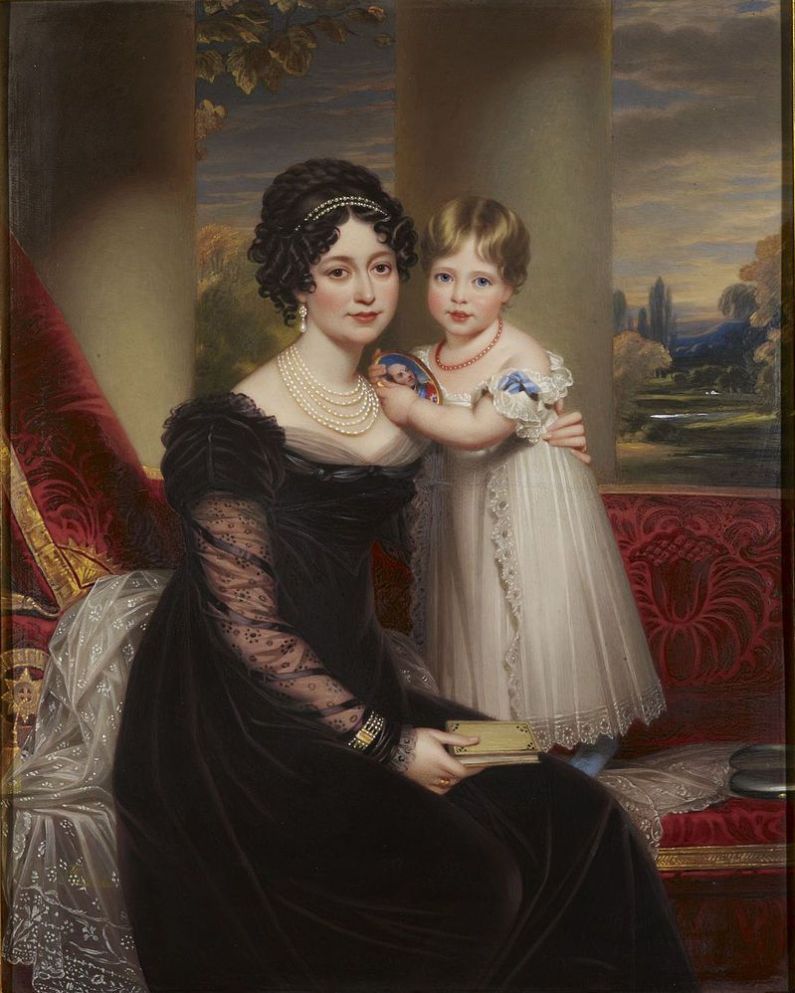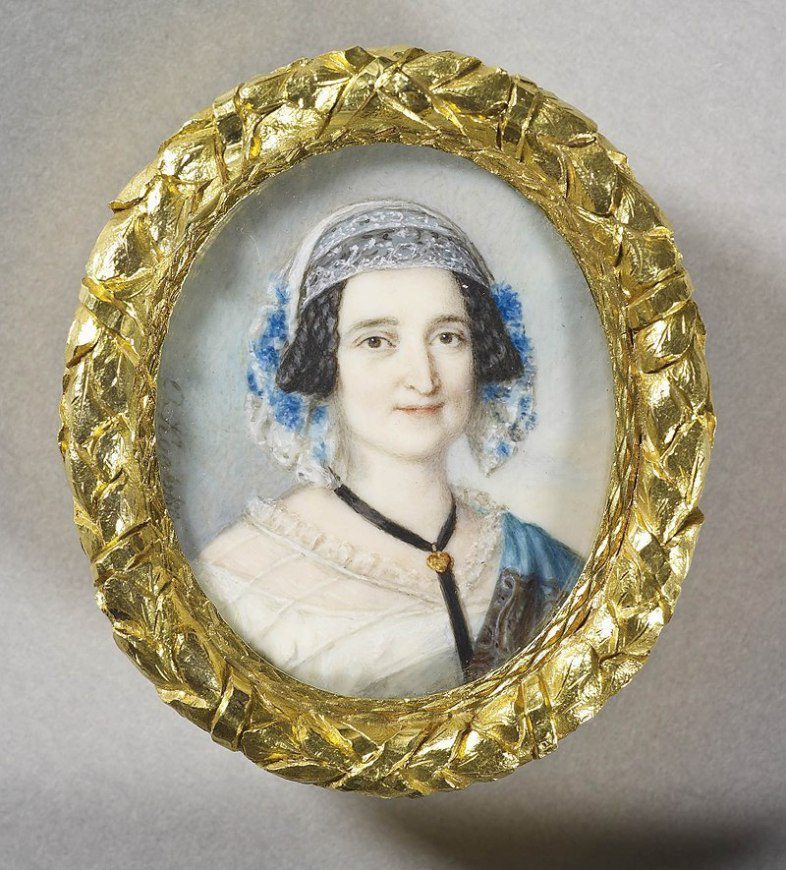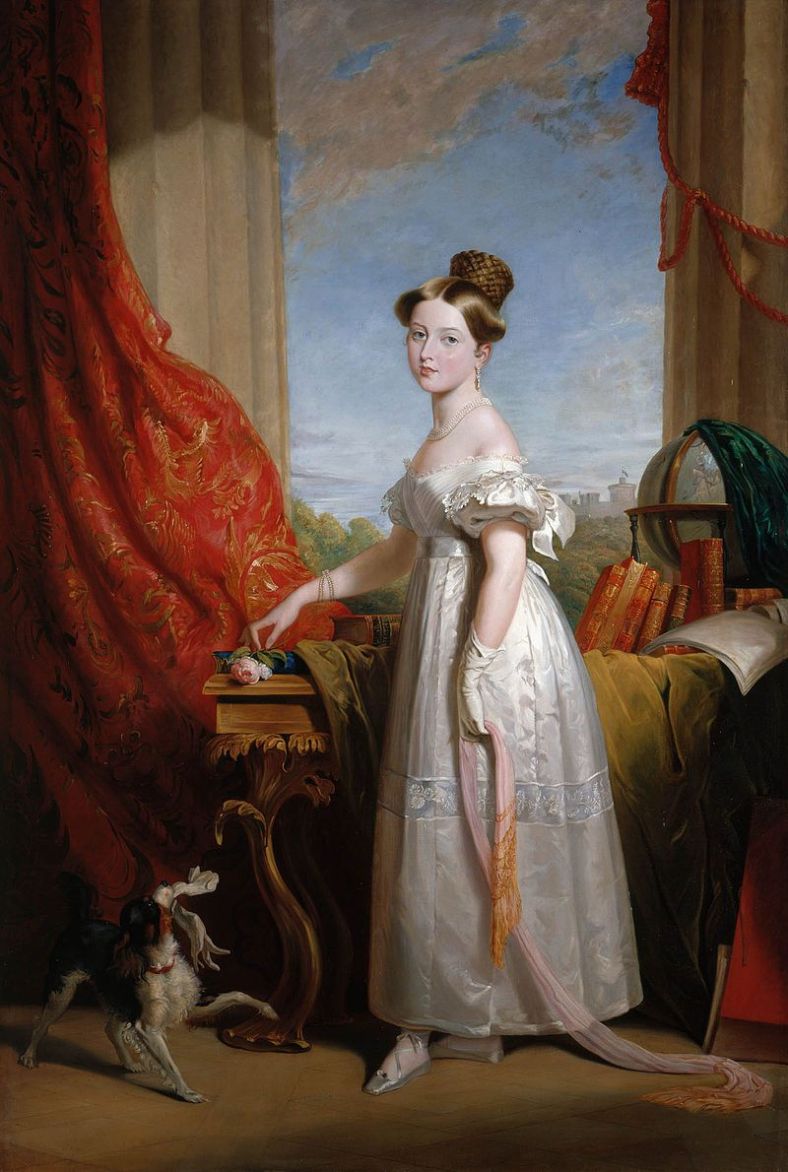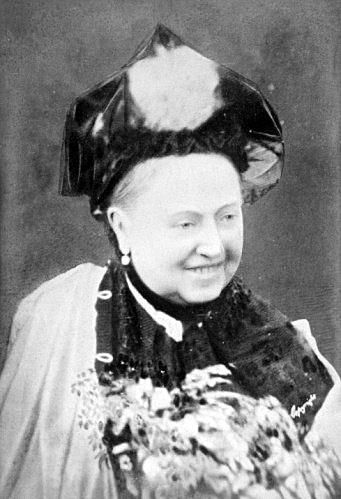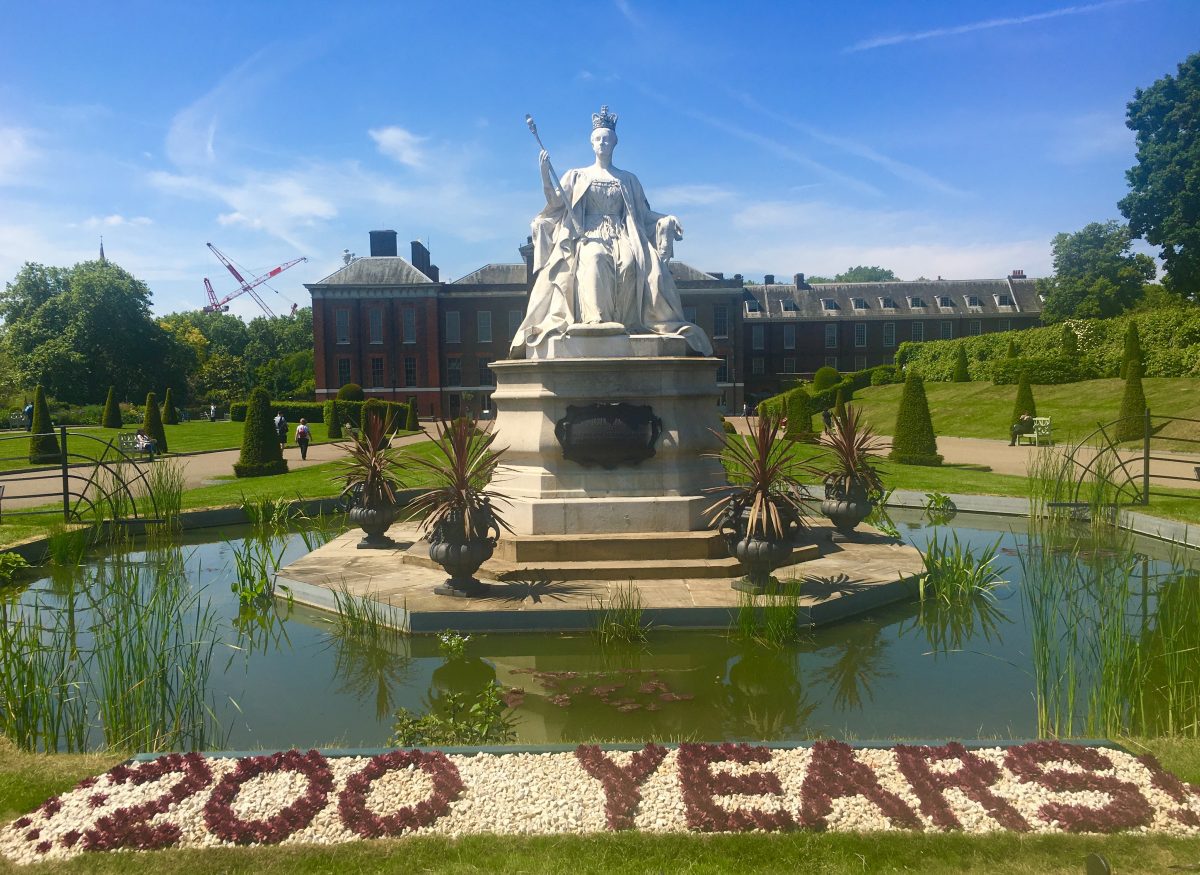The Gift of Friendship
Have you ever meet someone and you found out from the very first time of chatting with the person that you have so much in common? The Bible talks not just about God and His relationship with His people but also about relationships among God’s people. The most famous friendship recorded in the scriptures has to be that of David and Jonathan. Only God can orchestrate a friendship between a shepherd boy, who later became a king of Israel, and a prince, the reigning king’s son, and for that relationship to develop into what’s best described as “their souls are knit together” (knit can simply be explained as two or more pieces of thread woven together to form one piece of fabric, or garment). And the most remarkable about their friendship is that Jonathan not only showed genuine affection and generosity to David, but he did it all before the Lord. And this is exactly how I feel about Arlene, a new friend that the Lord has recently brought into my life. She gives so much of herself, her time and other resources to me, and I know to so many others, and she does it all, not just for the recipients themselves, but ultimately for the Lord. Interestingly, God has used Instagram to bring it all to pass.
Let me share with you a beautiful story . . . three months ago I opened an Instagram public account for the sole purpose of joining the calligraphy community. Since then my Copperplate skills have greatly improved, and that was my goal. And to top it off, I’ve meet some incredible people but if there’s one person that truly left an indelible impression on me from the first time we met and started chatting, it’s Arlene Custock. Our conversation from the beginning isn’t just about calligraphy but it’s more personal — family, job, and spiritual things. Indeed, we just hit it off from the time we started chatting on Instagram private messaging (we moved to WhatsApp shortly after). On the same week, that is, barely a couple of weeks after I opened my account, I received a card and a handwritten letter from Arlene, to my great surprise.

I was flabbergasted, to say the least! And what deeply touched me was the realisation that I am a total stranger, Arlene didn’t know me from Adam, and she’s a very busy lady (she manages her family business, and has a husband, kids and grandkids to take care of), yet she went through all of the trouble taking the time in putting pen to paper, running to the post office, and all of that, just for me, a poor girl across the atlantic. For the last three months since I’ve known her, she genuinely showed me how much her words mean, and that first letter was a great proof — an incredibly meaningful gesture.

And that was just the beginning of several letters and cards sent (I’ve only sent her a card/letter twice, I know I can’t keep up with her haha), and of course, of several parcels/gifts she sent my way!
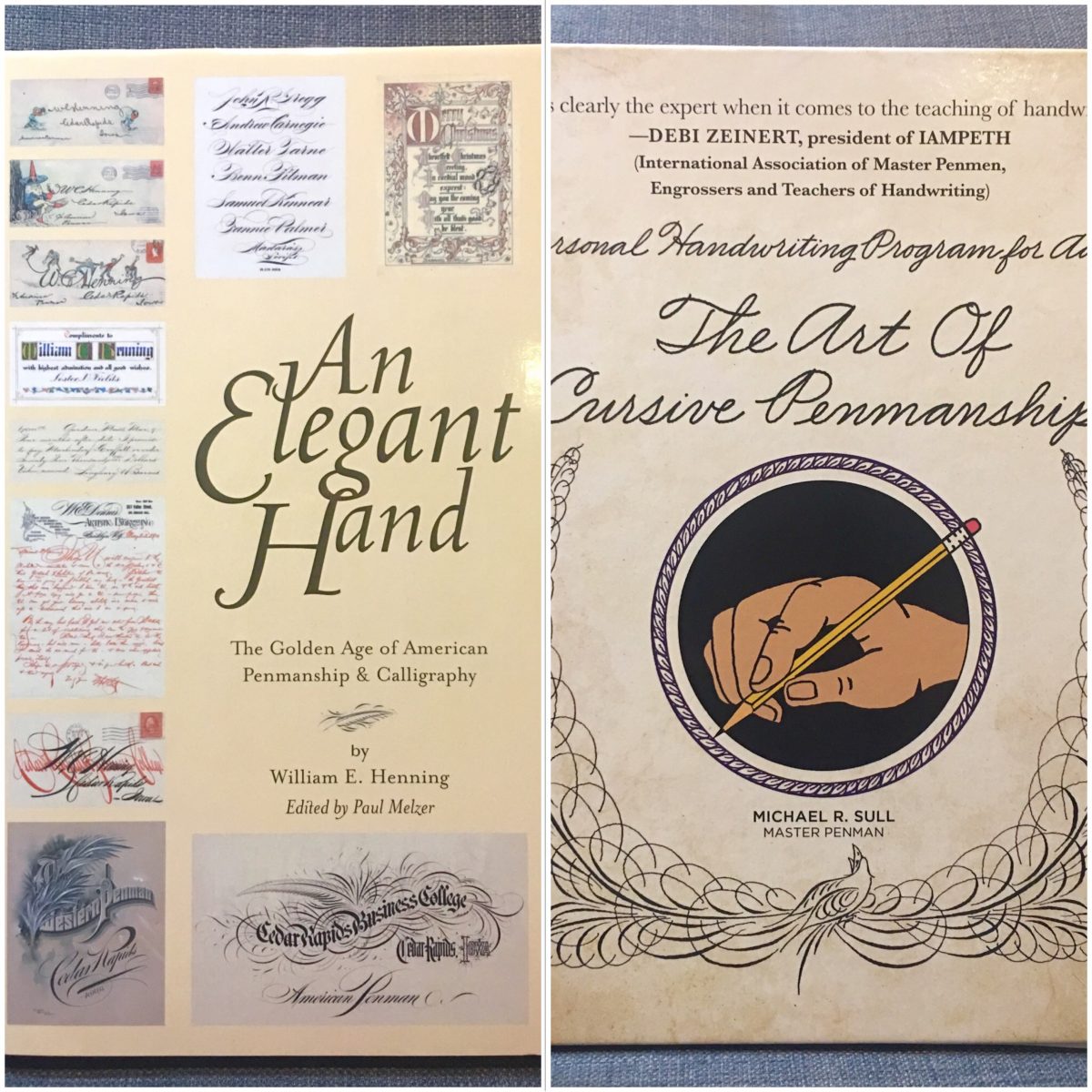
These books, ‘An Elegant Hand’ and ‘The Art of Cursive Penmanship’, from Arlene (direct from Amazon US, no less!) along with her beautifully penned letters greatly influence me in my desire to learn Spencerian. And yes, for four weeks now I’ve been taking Spencerian online class from Nina Tran, thanks to my kind benefactor — no other than Arlene herself!
Every time I get a mail from Arlene, I feel almost giddy like a little child and Jared always say to me, “My dear, you’re so cute like a nine year old girl who is excited to open her gifts on Christmas morning! Just your reaction getting mails from Arlene makes me very happy!”
I don’t take it for granted that God has gifted me with a new friend. He has given me Arlene — a sister in Christ and a true friend, much like a big sister who is wiser than I am. Arlene took me under her wings; she sends me books, emails me exemplars of Copperplate and Spencerian old masters, gives me advice on how I can make some progress in my calligraphy journey, and she gives so much more. It’s not just the physical/material things but it’s the intangible, the spiritual things that she shares. Indeed, she has been a great source of encouragement and inspiration.
Who knows when I’ll have the opportunity to meet Arlene face to face. It occurred to me, when Arlene mentioned that we’re like David and Jonathan, or ‘two peas in the Jesus pod’, and that we might not meet in person this side of heaven. But as Christians, Arlene and I both have the assurance that one day, we’ll meet in paradise, and we’ll be walking together while chatting away in a street of pure gold, as clear as transparent glass . . . in a place that God has prepared for us where there’ll be no more pain or suffering, and we’ll be rejoicing and worshipping Our Creator. We sometimes talk about our physical frailties, and we’ll no longer talk about any of it in the presence of the Lord. But I wonder if we’ll remember about calligraphy and continue to talk about learning Spencerian, Copperplate and all of that . . . who knows? But regardless of what it will be like, the prospect of meeting up in the New Jerusalem is with ever-greater delight and the most joyous realisation of all.
I do pray and hope though that someday the Lord will allow us to meet up in person; sit down together for tea and chat for hours on end. 🙂 In the meantime, Arlene and I can enjoy chatting over WhatsApp, and revel in the opportunity of sharing a special friendship the way He has planned for us at this time.
Let me share two scripture verses that comes to mind whenever I think of Arlene.
“That is, that I may be comforted together with you by the mutual faith both of you and me.” (Romans 1:12, KJV)
“A man that hath friends must shew himself friendly: and there is a friend that sticketh closer than a brother.” (Proverbs 18:24, KJV)
